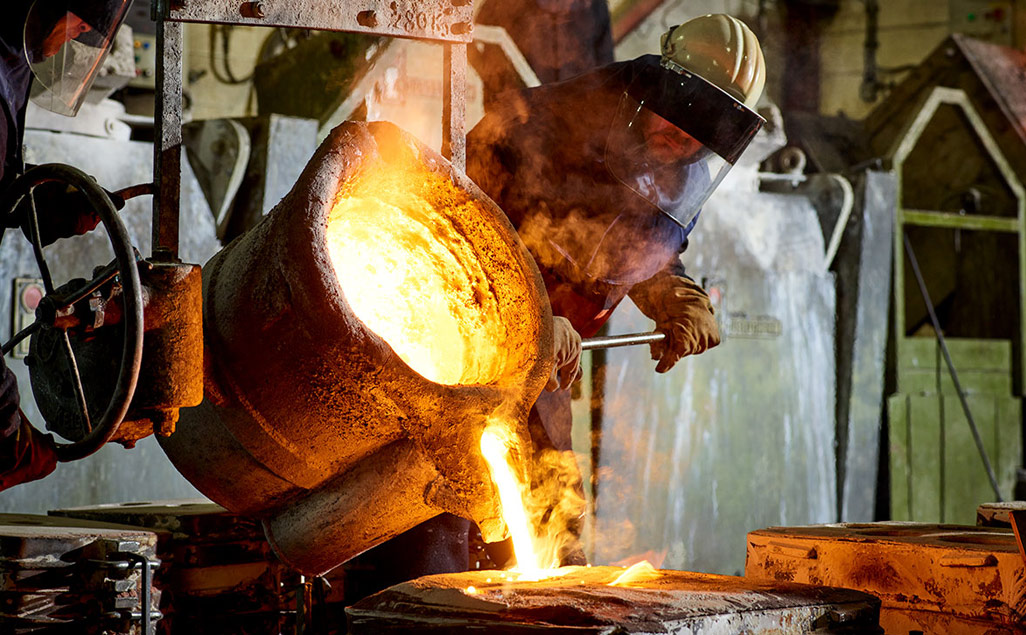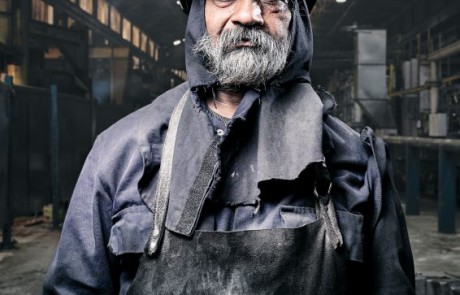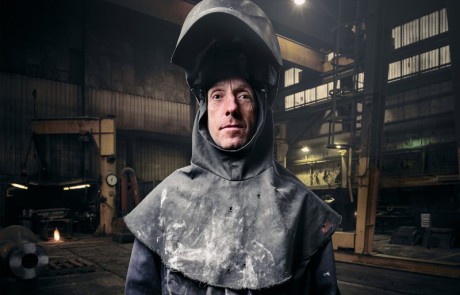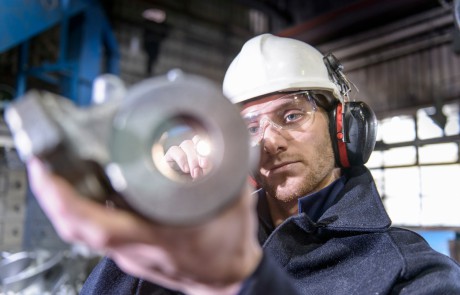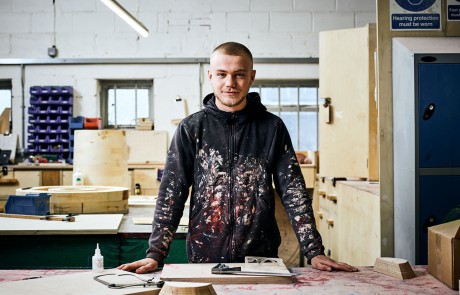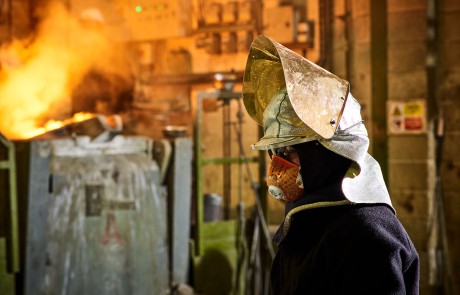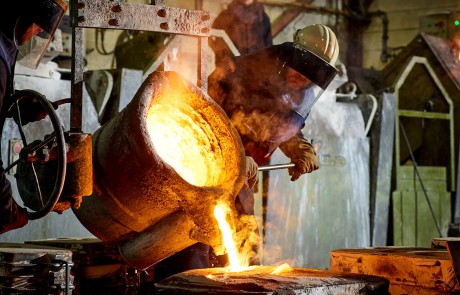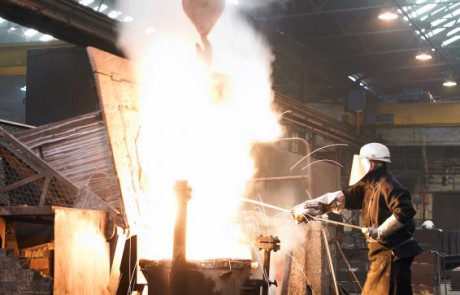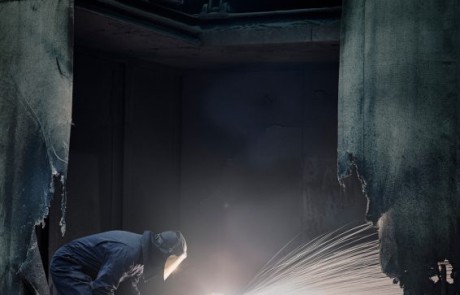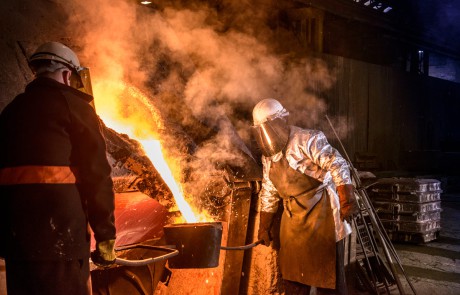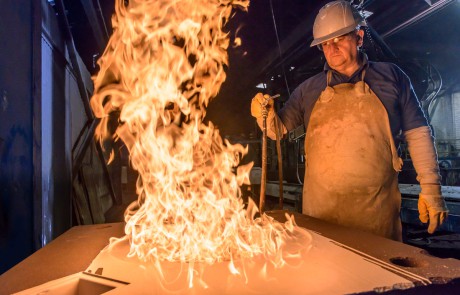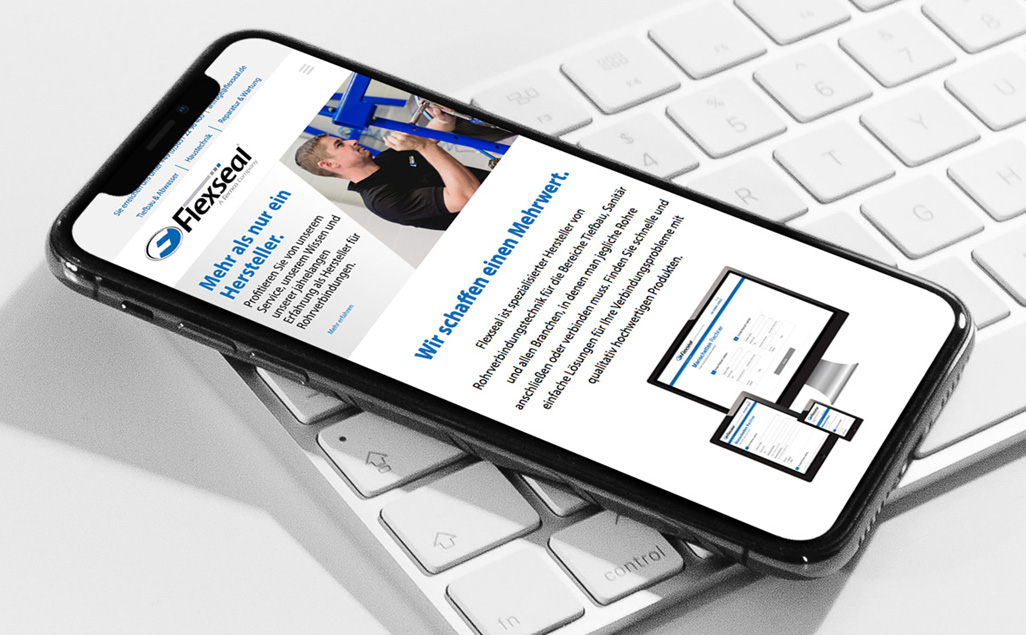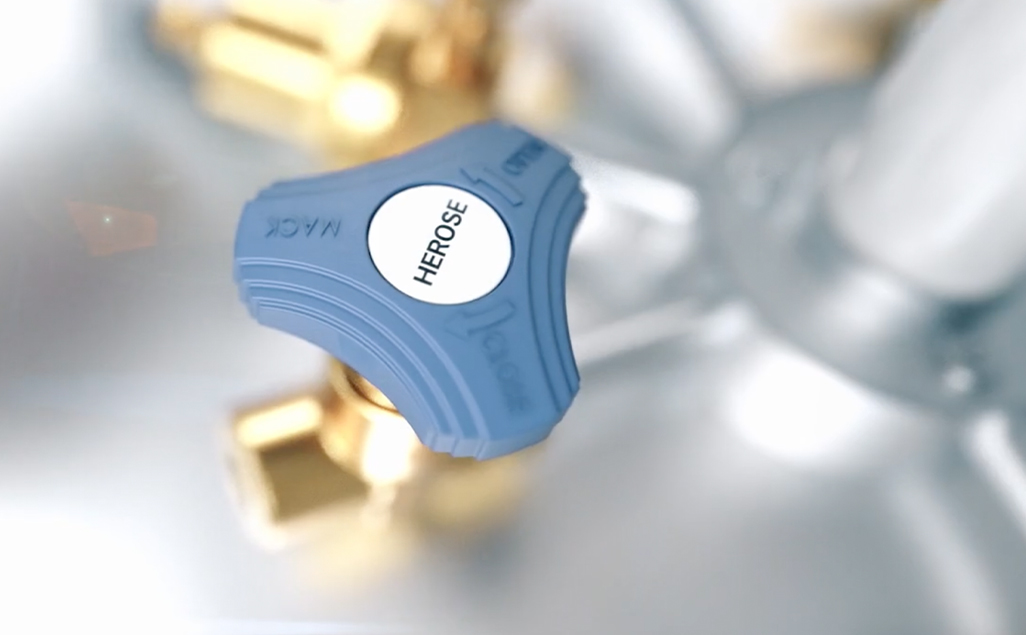Having spent time working with foundries over the years, we’ve learned so much about these incredible and unique spaces. There’s something about the environment — the noise, the craftsmanship, the raw materials and finished products — that creates an impact like no other. It’s an impressive and intimidating place to be.
We’ve always been inspired by the stories that come from foundries — the people that work there, the families that have passed down knowledge over generations and the day-to-day lives of those working in this awe-inspiring world. When working with Sheffield-based Furniss & White, we spent time behind-the-scenes photographing the process and the people.
I have always chosen to work with the photographer Matt Swift on foundry photoshoots, for two reasons; firstly he’s great at what he does, but secondly, he gets just as excited about doing a foundry shoot as I do. We’re like two kids in a sweetshop when we’re in a foundry – except there’s molten steel flying about, not wine gums.
So, I decided that it was time for Matt to put on record why he enjoys shooting in foundries – here’s his perspective.
Hello Matt! Can you tell us a bit about the art of photographing a foundry?
Out of all the places you can photograph, there’s nothing like it. The first time you go in, it’s a very inspiring and terrifying situation — it feels very dangerous, and you’re just there with your camera and equipment. Foundries all run to a certain timeline so you have a very small window in which to capture what you need. If you miss out on it, you have to wait another day to shoot the same situation.
Overall it’s a very unusual, raw experience — so different from the every day. It’s difficult to explain it to someone who has never been in that situation. It’s like going to the Grand Canyon and attempting to describe how it feels being there — it can be that big of an experience.
Matt experiences and sees the foundry from a different perspective to how we see it, being that we’re here every day. We watch the metal being poured on a daily basis — working in foundries for over 27 years, I’ve become quite blasé about it because I’m so used to it. From his side, it’s really exciting.
Jon Hutton – Furniss & White
What’s one of the elements that makes foundries so different from other spaces?
Most people grow up being told by their parents to stay away from danger. Being in a foundry puts you right in the centre of what could be a dangerous situation. If something goes wrong, you’re 20 feet away from a couple of tonnes of molten steel. It’s fascinating how much it puts you out of your every-day comfort zone. I’d like to say I’m quite used to it by now, but I never really get used to it.
I feel quite privileged to be able to access places like it — foundries have existed since the industrial revolution, so there’s a hugely historical aspect to it too.
When Matt is photographing the foundry, we’re on the look out for him while he’s looking through the lens to make sure he’s safe. We need to be aware of everything that’s going on so he can focus on what he’s doing and mitigate any potential risks — as well as keeping him from wandering off.
Jon Hutton – Furniss & White
What other aspects do you take into consideration when shooting in the foundry?
From the very beginning of working with Paul on shoots like this, we’ve always focused on the people and their stories. We want to capture that human element and show the craftsmanship — what goes beyond some of the mechanical processes and computer programmes that are integrated into the work.
Foundries are often run by families over generations. And while that’s relatively normal with traditional engineering firms in northern cities, it’s quite unusual in an age where work is so transient and people move to different companies over the years.
It’s quite a nice thing to see. It sort of gives you hope knowing that there are companies that still see the benefit in passing down knowledge over generations.
It’s fantastic that we can take these photos for future generations. It’s interesting to look back on the time when my father worked in engineering, and seeing the difference in technology and how things have changed in some ways — and stayed the same in others — over the years.
Jon Hutton – Furniss & White
___
For more information about our work with Furniss & White, read their Client Journey
Get in touch with Herron
Related reading
A 360° solution for Herose UK
We’ve been working with the team at Herose UK for over 15 years; it’s been brilliant to see the company’s continued growth and be a part of their journey and support their brand evolution. Our most recent project with Herose UK was to create the campaign and content around their latest offering — the 360° Solution.
